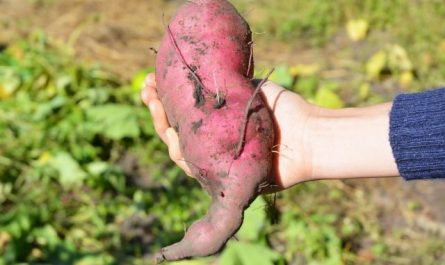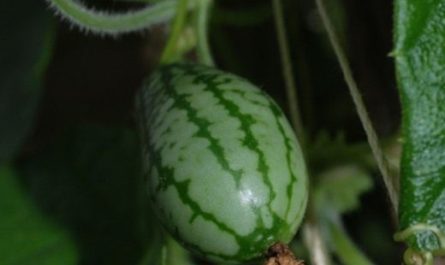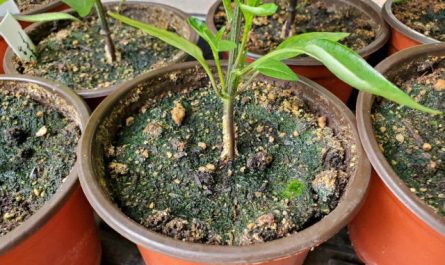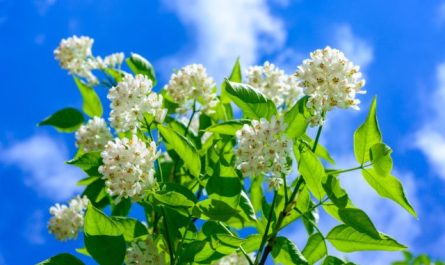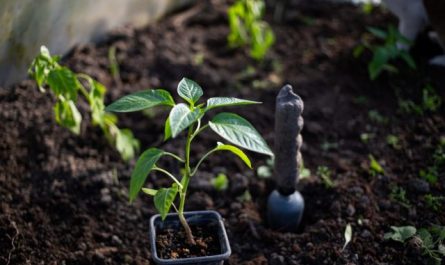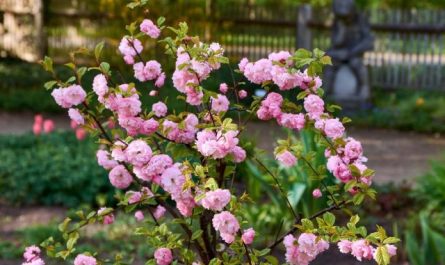All gardeners know well that it is more appropriate and safer to prune fruit trees in the spring, usually the end of February and March, when there are no more severe frosts, but the beginning of the growing season is still quite far away. In fact, in addition to spring pruning, it is quite possible to carry out summer pruning, it is most often carried out in relation to young trees, and it consists of their formation. In this article, we will talk about the rules and techniques for summer pruning of fruit trees.

Content
Why is summer pruning necessary?
Pruning fruit trees in summer can bring the fruiting period closer, form a fully developed crown, promote the maturation of young shoots and their more complete formation.
Quite often, summer pruning is carried out in relation to frozen plants. In the case of freezing of individual branches, it is extremely difficult to distinguish them from healthy shoots in early spring. During the period of budding, frozen shoots may lag in development. If the buds on them bloom later, then such shoots can be left alone, but if the buds do not bloom at all, then such shoots will need to be cut to the ring. You can understand which shoots are severely frozen and which are not only by waiting for the beginning of summer, then you can remove them.
Kidney blinding
Buds on fruit trees can be either vegetative or generative or mixed, but more often than not a shoot is formed from a bud. Young shoots are needed by the plant, sometimes they are located successfully, and sometimes they grow deep into the crown, thickening it or grow vertically upwards, turning into water sprouts, on which there are no fruits.
It is important to know that the greater the angle of the branch from the trunk, the better in terms of yield, and vice versa, the smaller the angle of the branch from the trunk, the worse for yield. If the buds are located in such a way that when shoots appear from them in the future, these same shoots will have to be removed, then it is best to remove this bud immediately. The bud is removed on the shoot using an ordinary garden knife. The bud must be carefully cut off with a knife, and the place where it was must be covered with garden pitch.
It is important to know that at the base of each bud there are additional, so-called dormant buds, usually there are two of them, and after the death of the main bud, they wake up and start growing, so they need to be removed as well. The buds should be removed with a small piece of bark, but it is important not to touch the cambial layers, only in this case the wound will quickly heal.
Removing a bud, in addition to the obvious benefit, will also bring indirect benefits: nutrients will be directed to more conveniently located buds. The method of blinding buds is permissible to use on young plants aged two or three years. It is in such plants that shoots usually form from the buds, and in older plants with a formed crown, it is difficult to understand which bud should be removed and which one should be left. In addition, you will have to remove a large number of unnecessary buds, which is very difficult, so it is better not to use this method on adult trees.
Pasynkovanie
This method is similar to operations carried out on vegetable crops. In relation to fruit crops, the essence of the operation practically does not change, it is also breaking off or cutting off green growths, that is, young shoots before they become woody. This operation is usually carried out in the summer, it is permissible to carry it out both on young plants and on adults.
First, you need to decide on the direction of shoot growth and the need for their presence in the crown. If the shoots grow in such a way that they will certainly thicken the crown in the future, then they can either be broken off entirely if they come from the main shoot, or the green tips of existing shoots can be removed. The places where green shoots are removed must be insulated with garden paint or garden pitch.

Prishchip
Usually this technique is carried out on young shoots, but the shoots are not removed entirely, as in the case of pinching, but their tops are cut off at a length of five centimeters if the shoot is quite short, and ten centimeters if the shoot is quite long.
This method will stop the shoot from growing in length and will stimulate its maturation and thickening. As a result, the shoot will definitely become woody and strong by autumn, will withstand the sticking of wet snow and will not break later under the weight of the harvest. Pinching is used by both private gardeners and large farmers.
This method is simple, but it allows you to effectively regulate the development of skeletal branches of young fruit trees. Inhibiting the growth of a branch, in addition to improving its properties, also contributes to a more harmonious development of the crown. Most often, the shoots that are pinched grow on the southern side of the crown, they are longer than the shoots growing on the northern side of the crown, and this method allows you to equalize the length of the shoots growing on both sides of the crown.
Pinching is done manually using scissors or pruning shears. To prevent the infection from being transmitted from an infected tree to a healthy one, after finishing work with one tree, the blades of the pruning shears or garden shears should be wiped with a cloth soaked in alcohol.
Breaking off shoots
This technique involves breaking off or cutting out from the crown of a fruit tree young annual shoots that grow at an acute angle to the crown, water sprouts that grow strictly vertically, or young shoots that develop in the direction of the crown’s depth, which will subsequently lead to its thickening.
If you perform this operation in June, the shoots are extremely easy to remove with garden shears or even manually, you can also use pruning shears. When removing such shoots in July, they may have time to partially lignify and you will have to cut them to a ring with a sharp pruning shears. Breaking off semi-lignified shoots is dangerous, this can lead to tearing of the bark. After removing the shoots, the cut sites must be covered with garden pitch or garden paint.
Usually, you can start cutting or breaking off shoots when they reach a length of five centimeters. Already at this stage of shoot development, you can easily understand whether they are needed or not.

Bending branches
This technique is used both on young fruit trees and on older ones. Its necessity is dictated by the fact that on vertical shoots and shoots extending from the trunks at an acute angle, a minimum number of fruits are formed or they are not formed at all. Bending such shoots to the maximum angles of inclination from the trunk will lead to the fact that a crop will form on them, and they will become full-fledged fruit-bearing branches.
It is best to bend shoots in the summer. At this time, shoots are most pliable and breaks at the bend of the shoot will be excluded (or at least the risk of their occurrence will be minimal). Shoots are usually bent by tying twine, strong rope or wire to them. In this case, it is necessary to put a piece of rubber under the place where the wire is attached to the shoot.
Next, the wire or twine must be attached to a neighboring, more powerful branch or to the trunk in order to achieve the desired angle of the branch’s departure from the trunk. It remains to secure the wire and ensure that no constrictions are formed at the point where the wire or rope touches the shoot.
Usually after four or five months the branch takes the position that was given to it by bending. After this time, the tension of the rope or wire can be loosened and the result can be observed – if the branch remains in the position that was given to it by the rope, then the rope or wire can be untied completely.
Conclusion. Here are examples of the most common methods of summer pruning. If you do everything as we described, the risk of negative phenomena will be minimized. In general, you should not be afraid of summer pruning, as a rule, during this period the plants are amenable to pruning, and the removal of green shoots will subsequently have a positive effect on the growth and development of the crown of the fruit tree.
By the way, if we talk about the influence of summer and spring pruning on a fruit tree, it has been noted that fruit trees tolerate summer pruning even easier than spring pruning.
From this we can conclude that summer pruning is both safe and beneficial for plants, and should not be neglected.


